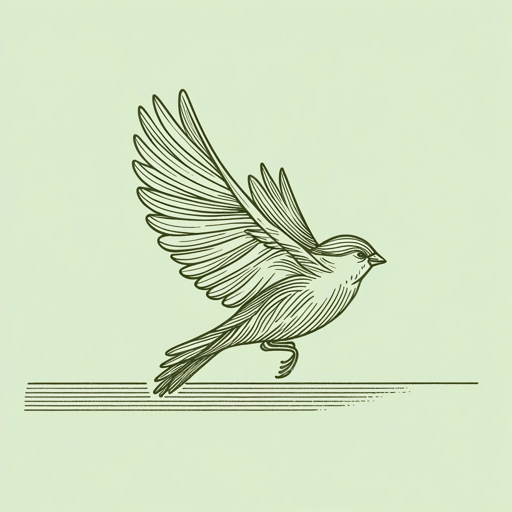35 pages • 1 hour read
Michael CunninghamWhite Angel
Fiction | Short Story | Adult | Published in 1988A modern alternative to SparkNotes and CliffsNotes, SuperSummary offers high-quality Study Guides with detailed chapter summaries and analysis of major themes, characters, and more.
Literary Devices
Foreshadowing
Foreshadowing is the authorial technique of arranging events and details in a way that hints toward future plot developments. The fact of Carlton’s early death is revealed early on in the story, but the reader doesn’t know how or when exactly he will die. At several points in the story, the narrator highlights details of glass, doors, and windows to foreshadow Carlton’s death when he runs into the closed sliding glass doors. At the start of the story, the boys take acid called “windowpane.” They stand at an open window and feel they can fly (4). When Carlton closes the window again, the boys’ “[f]aces look back at [them] from the cold, dark glass” (5). This image prefigures the collision of Carlton and the sliding glass door; Carlton’s girlfriend, looking through the glass door, will see Carlton through her own reflection.
Figurative Language
The narrator’s language is frequently nonliteral, employing metaphor, similes, and other figures of speech to convey the emotions and qualities of the characters. Bobby describes how his mother’s “nerves run through this house. She can feel dust settling on the tabletops, milk starting to turn in the refrigerator” (6).
Related Titles
By Michael Cunningham




